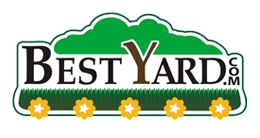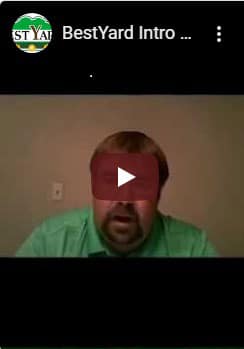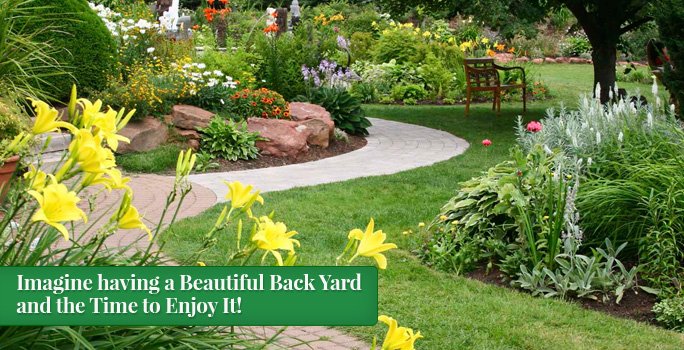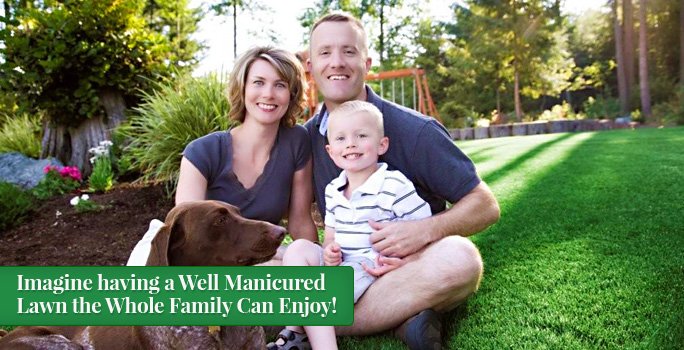
It’s been warm this week, but along the Front Range another frost like we had last week could come with little notice at any time. If you haven’t yet winterized your sprinkler system, do it now—or call a professional to get on their schedule soon. Hard freezes typically involve temps at 28 degrees or below for a minimum of 4 hours. A frost can occur at or below the freezing mark of 32 degrees if the humidity is high.
If you see a frost warning, here are three things you can do:
- Cover tender annual veggies and flowers. Use fabric household items such as towels and sheets to cover plants and hold in warmth. Place tomato cages over plants to support the fabric if plants might break under the weight of fabric and snow. Snow is a good insulator to hold in warmth, but heavy snow on top of fabric can also crush plants beneath it. Avoid using plastic to cover plants as it will not protect against frost.
- Harvest selected plants. Cut potential losses by harvesting tender plants like basil and any plants you don’t want to risk losing. Basil can be placed in a vase of water to prolong its shelf life or dried.
- Protect the sprinkler system. If your sprinkler system has not yet been winterized, protect the backflow prevention device, which is the U-shaped device above ground usually located near the foundation. Because it is above ground, this device is vulnerable to freeze damage and costly repairs. Identify it now, and gather supplies to have on hand in case of freeze. Then, when cold temperatures are predicted:
- Wrap the backflow with a blanket or heavy towel for insulation.
- Cover it with a plastic garbage bag to keep moisture away from the pipes.
- Tape the plastic bag in place around the base with duct tape.
- Disconnect hoses from spigots.
The next morning, remember to uncover plants so they and the soil can enjoy warming sunlight. Protective covering for the backflow can remain in place until your system is winterized.
Click “DO IT FOR ME” to request a FREE quote.

Source: customer-service@bestyard.com in collaboration with Associated Landscape Contractors of Colorado



















